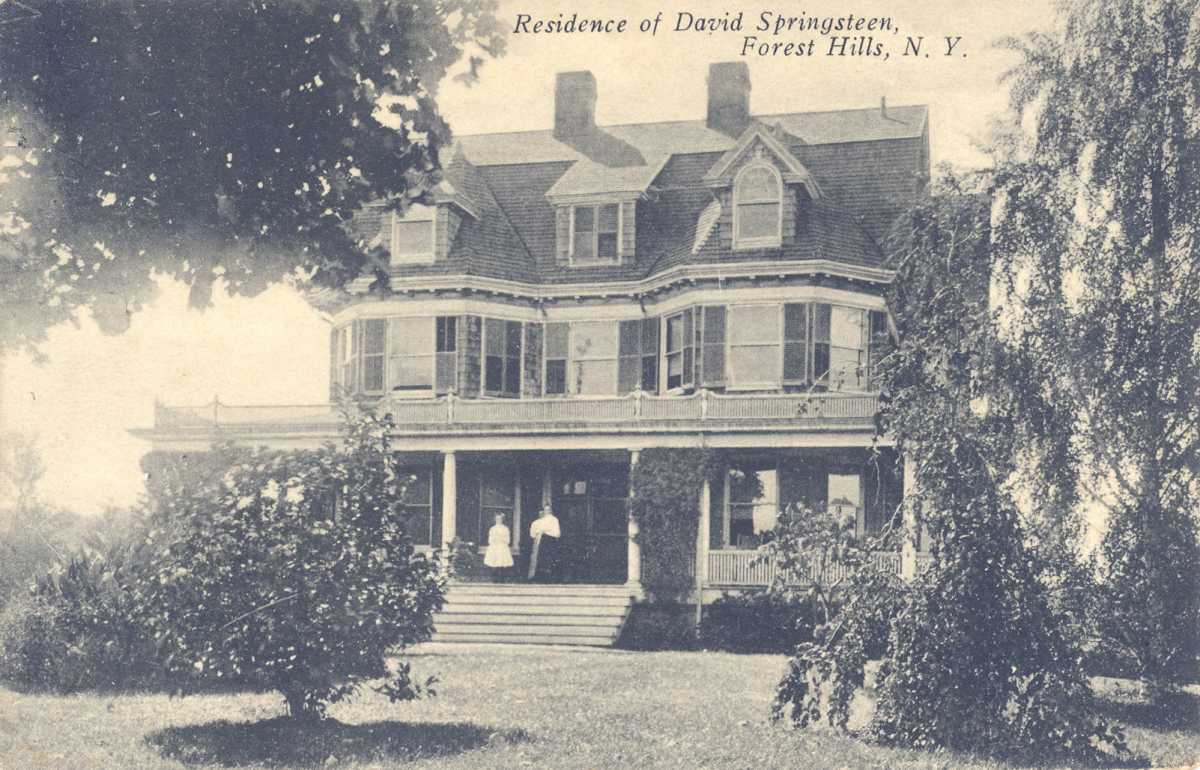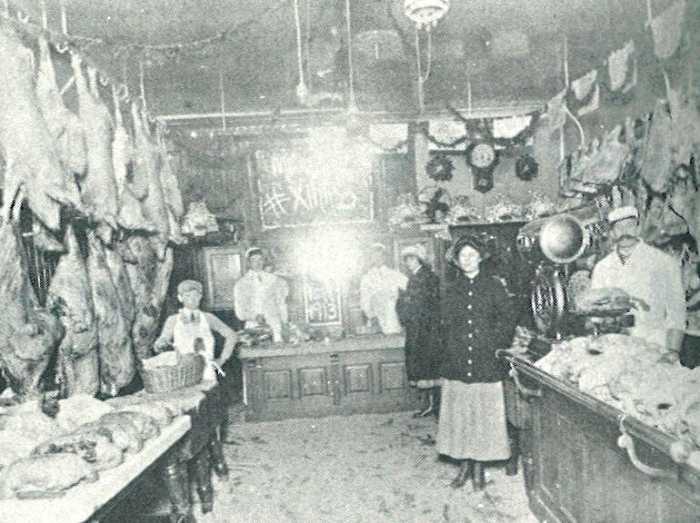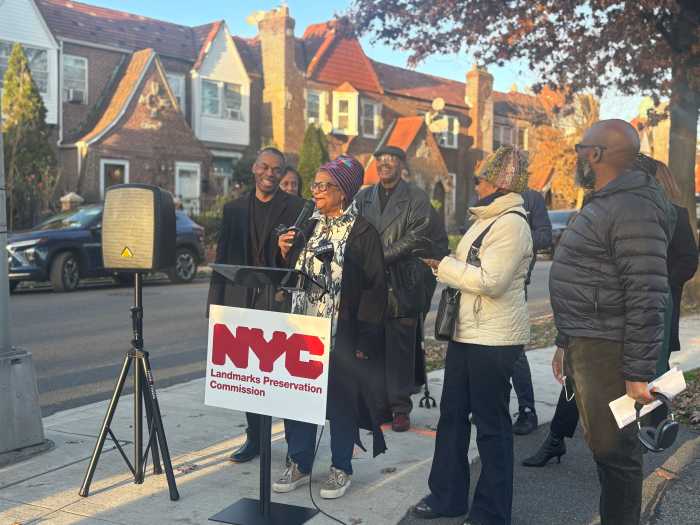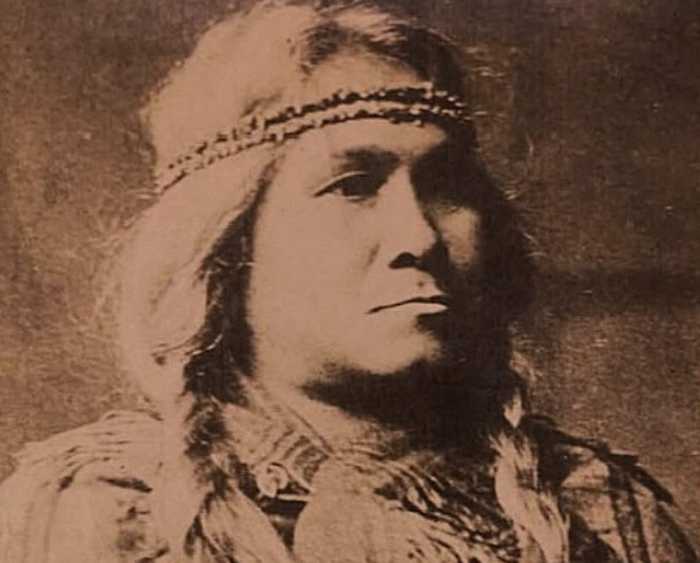Forest Hills residents shop and dine on Austin Street, patronize the Midway Theatre, enjoy concerts at Forest Hills Stadium and may have been a Forest Hills High School graduate. These are some “landmarks” granting local character. Now one may be at a loss for words if they walked in the footsteps of our ancestors, just over a century ago.
Encounter a land called “Whitepot,” prior to 1906. It was predominantly occupied by wood-frame farmhouses and fields of crops, with “landmarks” on a humble scale. In the early 20th century, some homes were up to 200 years of age, but today, there are none.
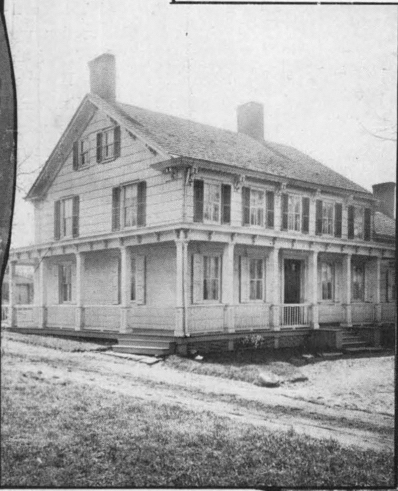
As of 1924, a survey was conducted by local resident Lucy Allen Smart. Colonial farmhouses were typically situated on large parcels of land and exhibited any combination of a porch, pitched roof and shutters. The Whitson Homestead, erected in 1800, still stood on Queens Boulevard, steps away from Backus Place. It became the residence of John E. Backus. Also along Queens Boulevard was the McCoun-Backus House, which was recognized as one of the best homes of Whitepot at 160 years old. It was demolished a decade earlier. The boulevard also featured the house of prominent Manhattan jeweler Horatio N. Squire (1821–1897). After 150 years, it was demolished in 1923.
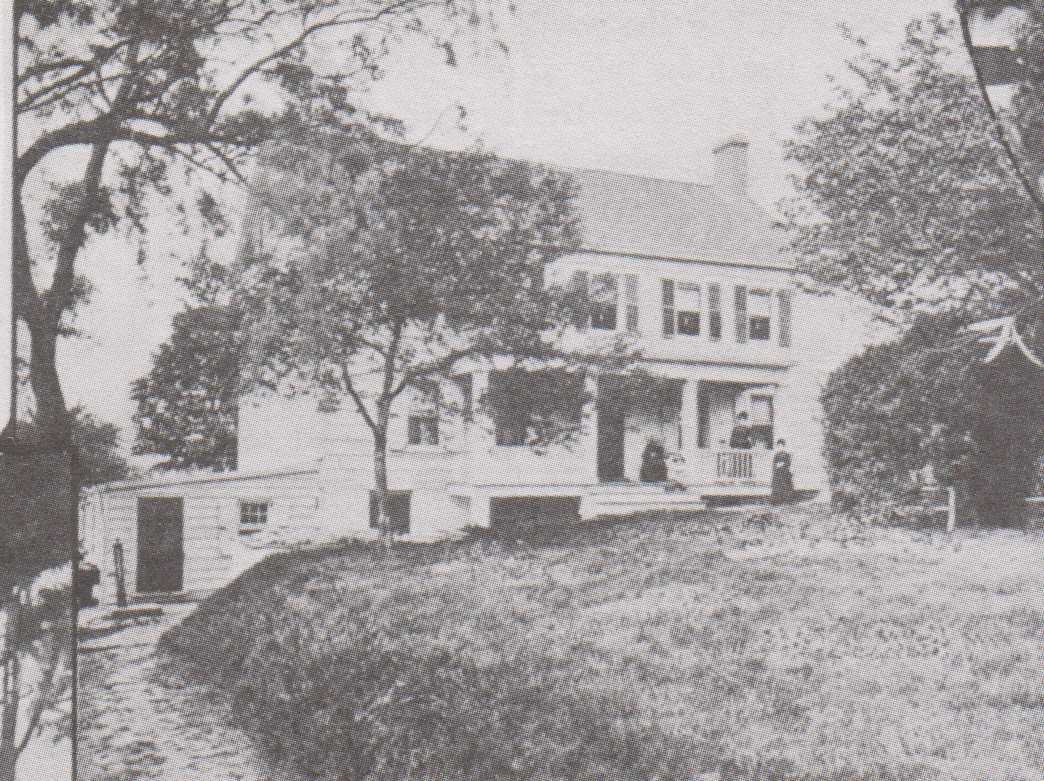
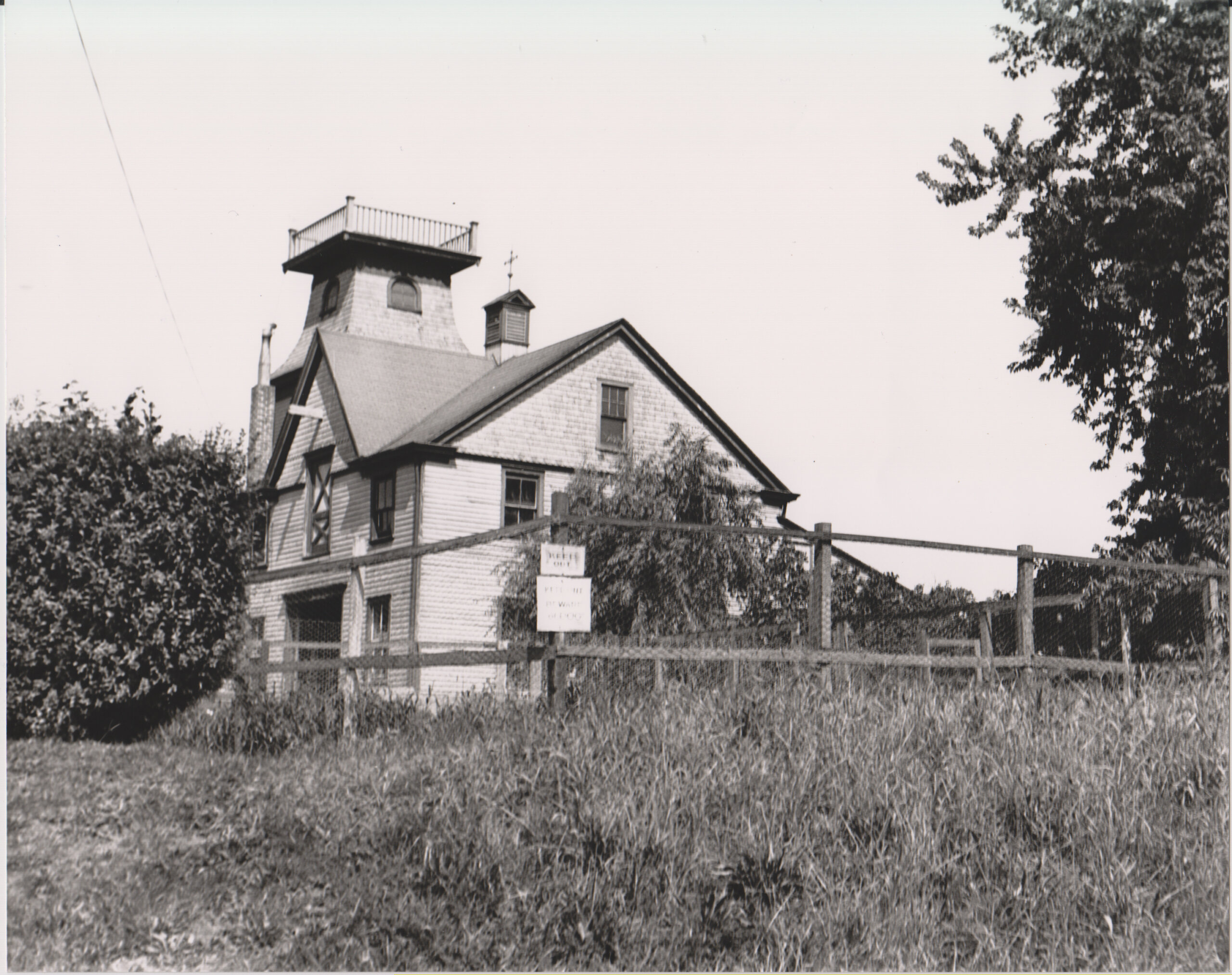
The Judge Jonathan T. Furman House, dating to 1750, stood on Dry Harbor Road, which ended in a cluster of farms facing a large pond. Situated on the property of Cord Meyer Development Company was the Jarvis Jackson Homestead, erected a century earlier. Walking over to Tompkins Lane, a noteworthy site for the birth of landscape artist Clarence P. Tompkins (1862 – 1935) was the Joseph J. Tompkins House at 176 Queens Boulevard. A 200-year-old survivor was known as “The house on the Abram Furman Estate,” and was on the east side of what was called Yellowstone Avenue, formerly White Pot Road (renamed Yellowstone Boulevard).
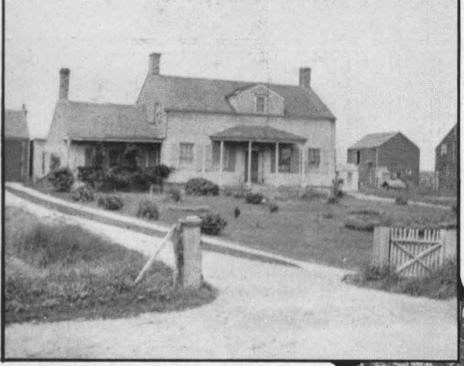
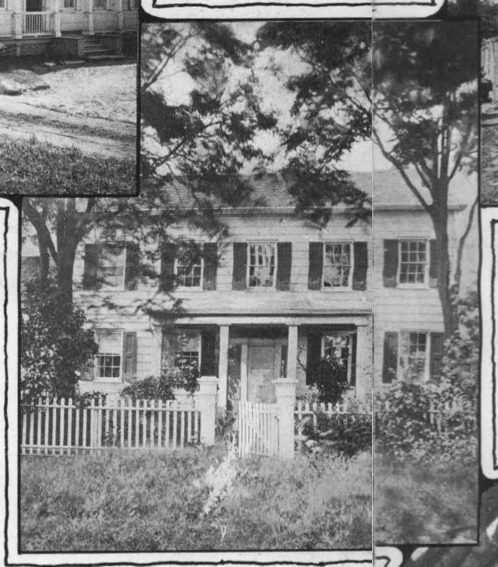
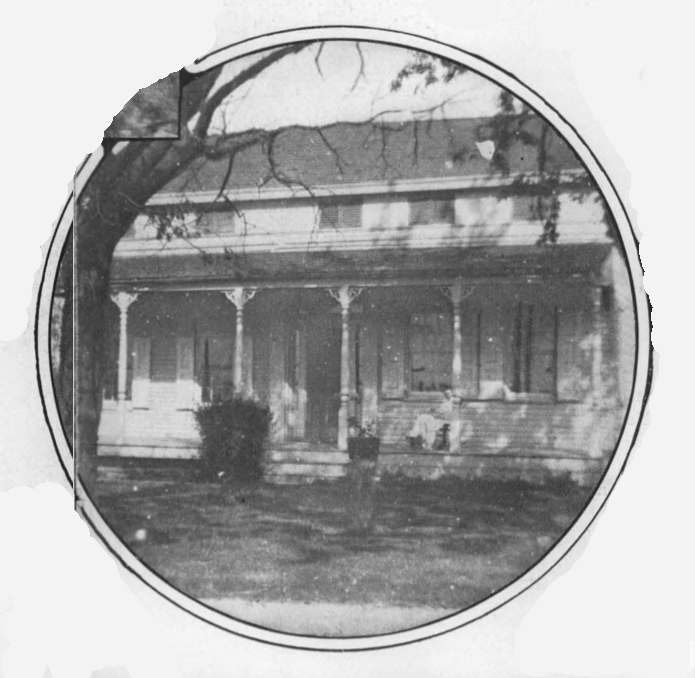
In 1652, Newtown was settled by Englishmen from New England and Whitepot was one of its sections. An early 20th century debate was whether Forest Hills was originally known as Whitepot or Whiteput. If it was spelled “Whitepot,” it would bear relevance to the original purchase of the land from the Indians in exchange for three clay white pots. That was refuted by J.H. Innes, who told the publication “Ancient Landmarks of Queens Borough” that the authentic spelling was “Whiteput.” If correct, the land would be named in conjunction with the Dutch term “put” for a stream that became a hollow pit.
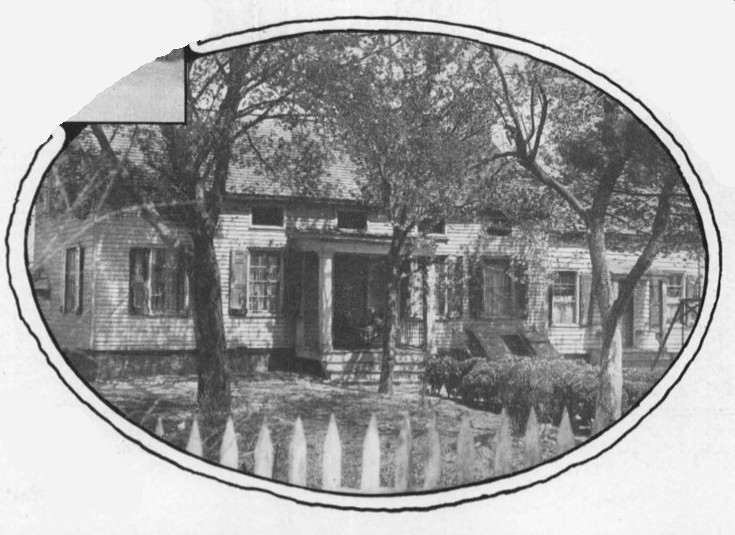
Whitepot consisted of six major family farms, which were named after Ascan Backus, Casper-Joost Springsteen, Horatio N. Squire, Abram V.S. Lott, Sarah V. Bolmer and James Van Siclen. Backus (1814–1880) arrived in America from Germany without a dollar in 1829, but in 1849, purchased 40 acres of what was the Remsen estate. His acquisitions increased to 800 acres and with four wagons, he supplied the New York market with wheat, rye, Timothy grass, cabbage, peas, beets and horseradish. He was the “King Farmer of Long Island” and the largest commercial farmer in America. Today, Ascan Avenue bears homage to his name.
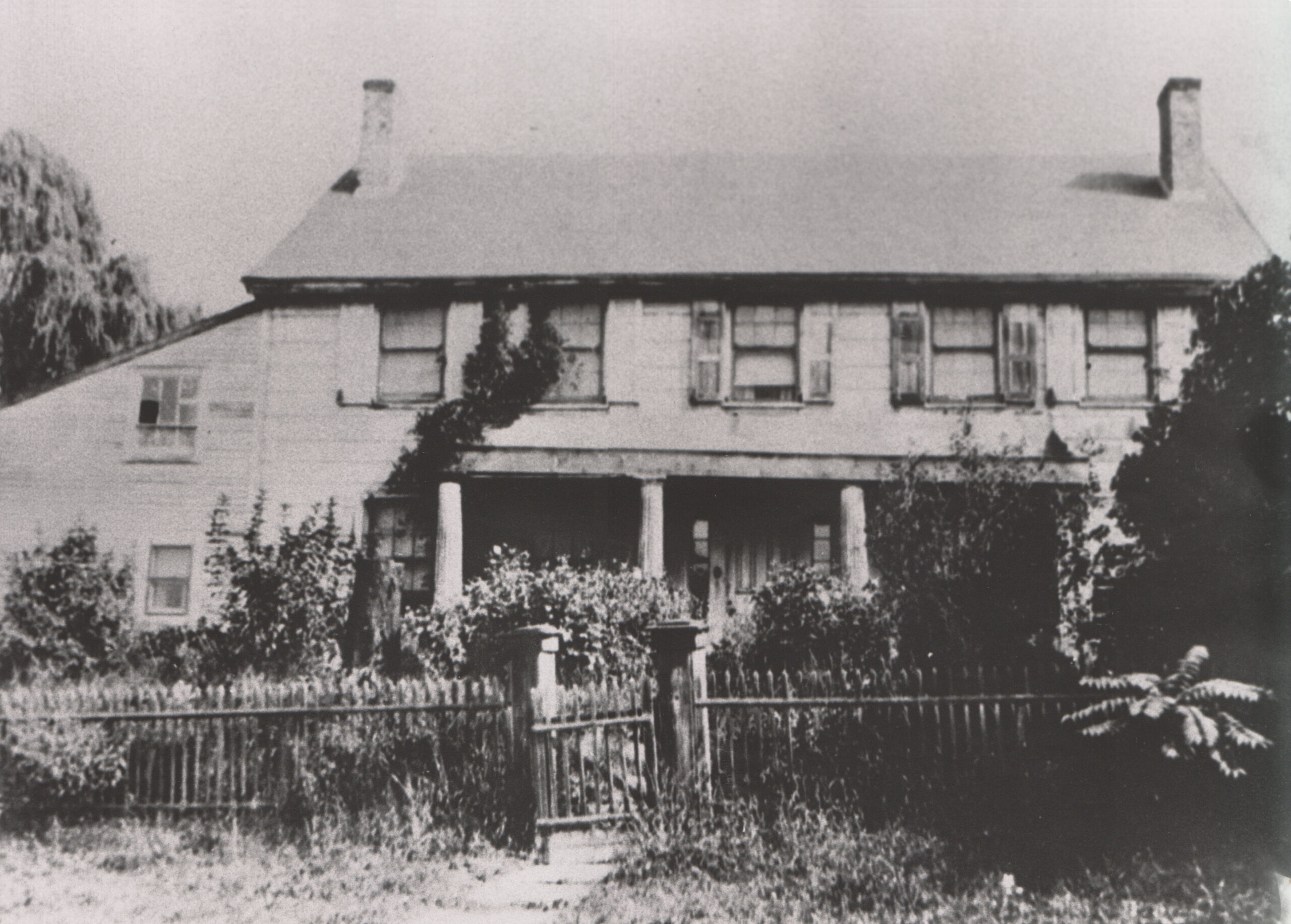
The oldest living member of one of the first farming families was Frederick D. Backus (1850–1937), who told Historian Lucy Allen Smart (1877–1960) about Whitepot residents.
“The neighbors were few when I was a boy, and some that lived a mile away, we called neighbors. The farmers raised hay, grain and vegetables to supply the New York markets,” Backus said. “Fruit and nuts were in abundance, and every farmer would take his apples to a cider mill, which was located on the Hempstead Swamp Road; now Yellowstone Avenue. The children attended the Whitepot School, but we all had to go to Newtown to church.”
He also explained that since few homes had ice houses come summer, food was kept cool by hanging them in wells and tin pails. In the winter, oxen were driven through snow drifts along narrow roads.
Whitepot had Dutch influences with the Springsteen family, who owned farmland which would encompass the south side of Queens Boulevard (formerly Hoffman Boulevard) between Ascan Avenue and 77th Avenue. The porch-fronted Springsteen homestead at 112 Queens Blvd. (now 108-36 Queens Blvd.) stood from 1898 until the late 1940s. David Springsteen (1849–1911) represented the ninth Springsteen generation to settle locally and was among the first families in Queens. In the mid-1600s, the family acquired the land under the authorization of a Dutch king.

The area bounded by Queens Boulevard and Union Turnpike was the Hopedale section of Whitepot. The Hopedale Railway Station stood near that intersection, and the architecturally distinct Hopedale Hall accommodated dining and dancing.
In 1900, The New York Times reported Whitepot’s population as 30 residents, and consisted of German residents who planted potatoes and celery. In 1906, Cord Meyer Development Company purchased 600 acres in the Hopedale section, and renamed it “Forest Hills” after its high elevation on Long Island and proximity to Forest Park.
In March 1931, George Meyer, son of the late Cord Meyer told The New York Times, “Roman Avenue between Queens Boulevard and Austin was the first street to be cut through, and on it, the company started its first building operations, ten two-family brick homes.” Today, only two Neo-Renaissance rowhouses stand proudly from 1906, and are reminiscent of the first signs of development of the newly named Forest Hills.
Today, the only known remnant of Whitepot is the landmarked Remsen Cemetery between Trotting Course Lane and Alderton Street. The Remsen family, which immigrated in the 17th century from northern Germany, was among the area’s first settlers. Tombstones range from 1790 through 1819, and include Revolutionary War Veteran Colonel Jeromus Remsen. In 1699, the Remsen family erected a homestead on their farm, which stood adjacent to the cemetery until 1925.
Let’s continue to seek signs of our Colonial past, while preserving our character-enriching 20th century buildings by completing a Request For Evaluation (RFE) nomination form, available on the NYC Landmarks Preservation Commission website.

